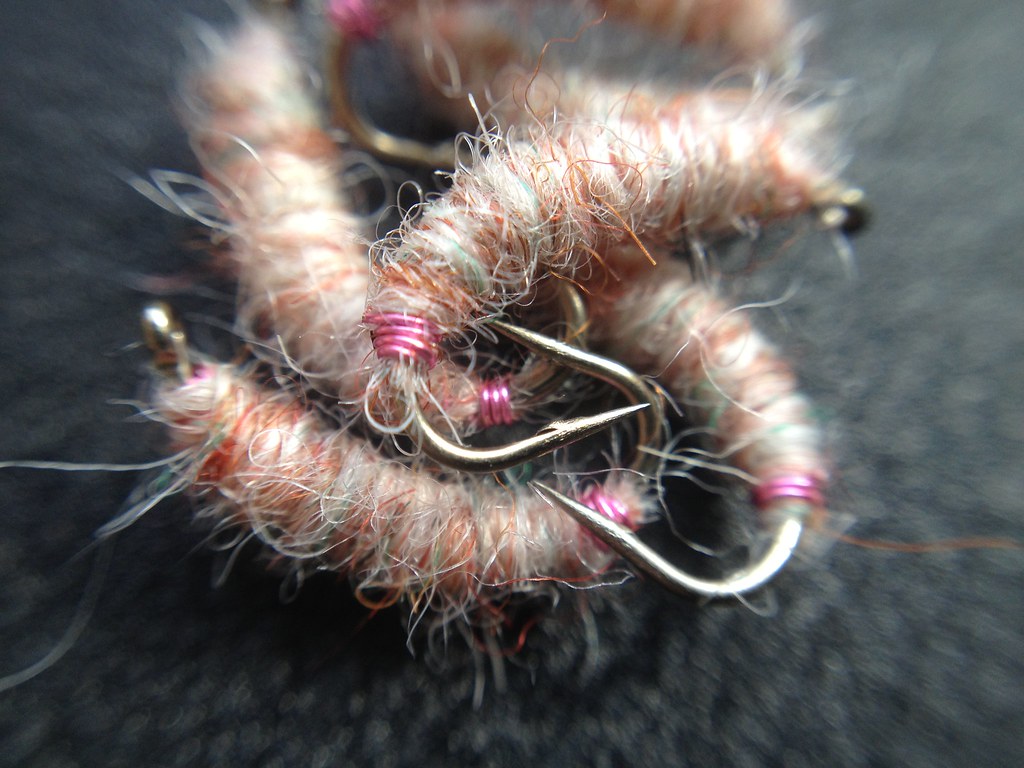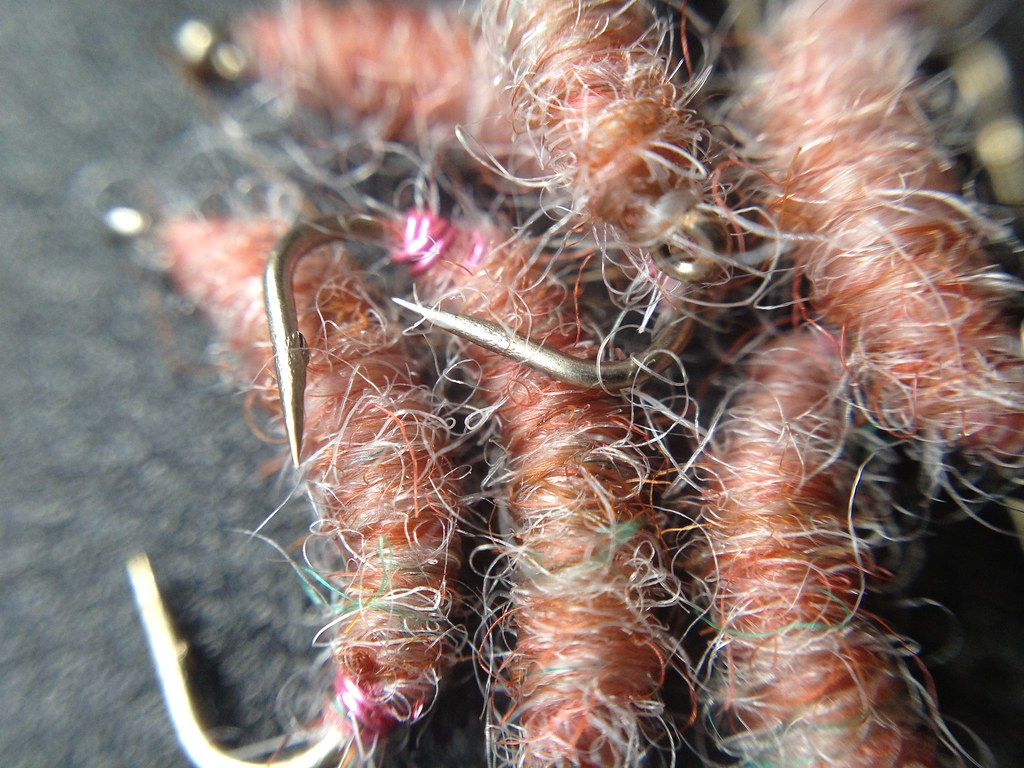 |
| The first weir marking the top of the stretch I fish |
A rare occurrence today; a whole days fishing. I made sure I had a working camera as my last session was up there in the top five this season. I managed many good fish culminating in a dry-fly caught trout of nearly three pounds and not a single picture could be taken. (Dead mobile)
With many hours at my disposal I had no need to rush. I'm really enjoying a more relaxed style of fishing this year; you could almost say it was a more mature style of fishing. First port of call was the top weir on the beat of my urban river. As a rule I generally fish above the weir, the river is flat smooth and perfect for watching sighted takes to nymphs. During my last session I fished another weir using two JP Caddis Pupa and caught a number of dace, roach and size-able trout. I decided I would fish that method again. There are only trout in this pool, the main basin being about the size of two bath tubs placed side by side. Creeping into place I disturbed a couple of trout one being a decent size but luckily they went across the river avoiding the main pool.
 |
| First fish of the day |
Within a couple of casts I caught a small trout. I knew this wouldn't be the only one so I persevered, and before long I hooked what I was after. When the reel sang and line peeled off the spool I knew it was the daddy of the pool. Quickly subdued and in the net this was a fantastic start to the day.
 |
| Big Daddy |
 |
| Going back |
After I released the trout, I crawled to the concrete weir keeping low, there are often fish very close to the sill. As I sat by the side of the river, I took off the JP Caddis and replaced it with a single Sawyer's PTN. I scanned the river immediately in front of me and couldn't see any fish. This forced me to make my way over the sill. A stealthy approach still couldn't stop ripples waving up the pool but I minimised them as best I could. I spotted a fish laying upstream of me; it was around ten yards away and I couldn't see any other fish between myself and the target fish. I took a couple of casts to tempt the fish, which drifted to its left to intercept its meal. I nice fish but it spooked all the remaining residents which is typical for this section.
 |
| Sawyer's PTN strikes again |
I wondered downstream past a foot bridge which is a favourite area for people who feed the ducks. Downstream of the bridge the river is wide, shallow and sluggish. There is a good head of fish in this area, the extra nutrients provided by a regular carbohydrate intake mean they are bigger than average. But there is no cover over most of it, no bank side vegetation or in-stream weeds. In the past I skirted this part of river, the fish I deemed too spooky to bother trying for. Well not today. It was a fish cruising the margins at the very bottom of the stretch that first tempted me to try. At this end there are a couple of large trees that overhang a little. Suffice to say that fish didn't prove me wrong, I hooked the tree after the first cast and the fish drifted off as I removed the stuck fly.
 |
| Silverfish are charmed by the JP Caddis Pupa |
Across the other side against the far bank I spied a trout. A lengthy cast sent the JP Caddis about a yard in front of it. As the fly drifted down the current started to pull the fly off-line dragging it across the river, this didn't seem to bother the trout, it followed and promptly took it. Of course I pricked it and pulled it out of its mouth. I moved on. Upstream of me a small shoal a silverfish hovered mid-current. I picked off two dace and a chub before they dispersed. As I made my way upstream I managed to catch one of the larger trout which tore off upstream and then back down, it fought well but it made the others edgy. I felt I had cracked that stretch and moved on satisfied.
 |
| A large trout from a difficult stretch |
Again heading downstream I stopped at the next weir. The river between this and the length where I just fished is relatively devoid of fish apart from a couple of trees that span the width of the river. These are prime trotting swims but useless to fly fish. Sat half a yard above the weir sill were a group of four chub, reasonable sized fish averaging a couple of pounds each. An accurate catapult cast saw my duo of nymphs land slightly upstream of the fish. The point fly quickly caught up in some ribbon weed and was left suspended in the current. One of the chub sidled up to it and sucked it in. I struck too hard and again bumped another fish off. The remaining chub swam up underneath the overhanging willow. I fished the weir-pool catching two trout.

A longer walk to the next stretch I wanted to fish but a discharge of some sort had coloured the water. I continued downstream hoping the colour hadn't reached another area I wanted to fish. Unsurprisingly it was another weir; there are seven in total. During my last session I managed a number of dace, roach and chub finishing off on a super trout around two pounds. This time the silverfish were absent. I wasn't too bothered, I knew there were still fish in the pool. I caught a trout quite quickly, it fought well and I did think it was same trout from last time. Once netted I could see it was smaller and not the same colour; the other was a very dark orange. I continued and hooked a good-sized chub of just over two pounds.
 |
| There wasn't much that wouldn't take the JP Caddis Pupa |
I was fast running out of time, I had so far fished for around five hours. I decided to head back. I had marked a couple of fish and areas worth looking at on the way back. One spot that I couldn't fish because of that coloured water had cleared up. I managed three roach out of a small hole on a big tied with some Jamiesons Shetland yarn. I recommenced my journey back to the car and didn't catch any other fish but I wasn't bothered, I'd had a great day and got the pictures to prove it this time.
 |
| Killer bug tied with Jamiesons Shetland yarn "Fog" |

